CPR (Cardiopulmonary resuscitation) is a life skill that everyone can have but we hope we never have to use.
We all have that moment where you wonder, will today be the day where I must put those skills to the test. Will I remember everything I learnt. Worst of all what if it doesn’t make a difference?
The answer: every little helps. That extra two minutes of CPR is pumping oxygen round that person’s body, keeping the organs perfused. It’s slowing down the process of them shutting off all together. So yes, you could be that person to make a difference!
A few things to remember:
Chain of survival – this is pivotal!

Early Access – Call for help as soon as possible. The sooner this is done the sooner life-saving intervention can be done.
Early CPR – get on the chest as soon as possible. This can more than double their chance of survival alone. Remember mouth to mouth is optional you can now just provide effective chest compression’s only.
Early Defibrillation – Find an AED and get it on as soon as possible. You do not need to be trained. Simply open the device up and turn it on (if it does not turn on automatically) and follow the instructions. AED increase the chance of survival by up to 80% if applied within the first 3 – 5 minutes. For every minute there is not defibrillator the percentage decreases by 10%. It is important you know where your nearest defib is. You can find out via the below link.

http://www.heartsafe.org.uk/AED-Locations
Early advanced carer. This is the only bit of the chain you cannot really do anything about. However, the sooner you complete set 1 the sooner step 4 can happen!
If you come across an unconscious person remember to carry out the following:
S.R.A.B.C
S – Safety – before you go anywhere near that patient. Ensure the area around you and the patient is safe. This is a 360-degree approach (don’t forget to check above you) If it is not safe, do not approach. A second casualty is not very helpful
R – Response – Check for a response. Firmly shake the shoulders and shout in both ears (they may have and injury or be deaf)
A – Airway – Open the mouth and check the airway. Check for any signs of visible obstructions that may be causing them not to breath (i.e. blood, vomit, food) You may try postural drainage to clear this obstruction but DO NOT put your fingers in their mouth.
B – Breathing – Check to see if the patient is breathing. Perform a head tilt chin lift, get you cheek/ear close to the patients mouth and listen for breath, feel for breath and look down the chest for the rise and fall. Do this for up to 10 seconds.
If they are not breathing call for help. Ensure your help calls 999 and gets a defibrillator and comes back. You may then start C – CPR. If you have not help or no help arrives call 999 first and find a defib then come back. CPR should be uninterrupted. You do not want to stop halfway through to call 999.

Chest compressions are delivered at a rate of 100 – 120 beats per minutes, roughly 2 per second at a depth of 5-6 centimetres. (*this may vary slightly with the size of the patient)
The gold standard is 30 compression’s followed by two attempted rescue breath. (as stated earlier this is not mandatory) the cycle continues until:
- Patient shows signs of life (coming around and talking raising arms trying to sit up. Not a twitch of an eye or a finger)
- You are physical too exhausted to carry on. (not tired…exhausted!)
- Professional help arrives and they tell you that you can now stop (don’t assume, wait for them to say. They will most likely need time to set themselves up)
If you have a defibrillator. Apply this whilst chest compression’s are still being carried out. Work around each other. The listed to the defibrillator.
For children 3 things change:
- 5 rescue breaths first
- Perform 1 minute of CPR then go and get help
- One handed chest compression may be needed based on the size of the patient.
Then return to 30:2 ratio
For infants – rescue breaths are complete by creating a complete seal around the nose and mouth. (5 initial breaths)
The head should sit neutral as opposed to a head tilt chin lift as this will occlude the airway in infants.
Two fingers should be used for compression’s.
The return to 30:2 ratio
The most important thing here is that you try. Less that 1 in 10 people in the UK survive out of hospital cardiac arrests due to low bystander CPR. It is easy and simple to remember using S.R.A.B.C
Written by Jade Andrew (Business Development Manager), Tuesday 10th September 2019
Follow me at: https://twitter.com/ECG_Jade





